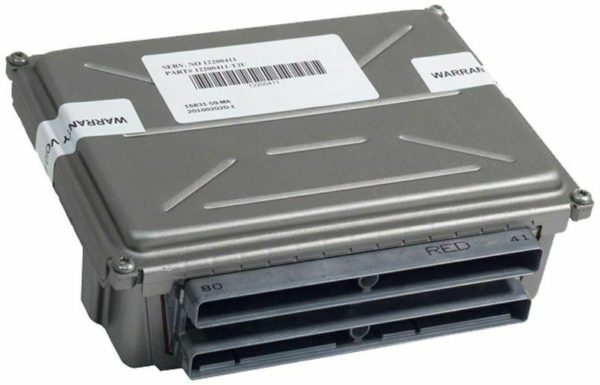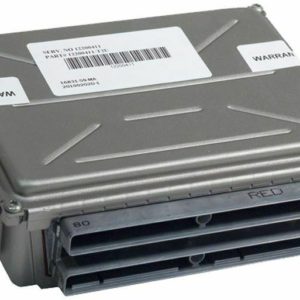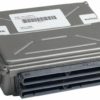Is Your Escalade ESV Running Rough, Stalling, or Refusing to Start?
As a mechanic with over two decades of experience under the hood of GM trucks and SUVs, I’ve seen it all. When a 2003-2006 Escalade ESV, Tahoe, or Sierra starts acting up with bizarre electrical gremlins, a persistent check engine light, or poor fuel economy, the Powertrain Control Module (PCM) is one of the first components I inspect. This isn’t just a computer; it’s the brain of your vehicle’s engine and transmission, and when it fails, it can cause a cascade of frustrating and hard-to-diagnose problems.
From the Shop Floor: A Real-World Scenario
“A customer’s 2005 Escalade ESV came in last week with a no-start condition that had two other shops stumped. They had replaced the battery and alternator, but the truck would only crank. After a quick scan, I saw a loss of communication with the PCM. A visual inspection confirmed corrosion on the connector pins—a common issue since these are mounted under the battery tray. We replaced it with a properly programmed module like this one, and the engine fired right up. It’s a fix I’ve performed hundreds of times on these GMT800 platform vehicles.”
Your Solution for a 2003-2006 Escalade ESV PCM Failure
Don’t let a faulty computer keep your luxury SUV off the road. This Powertrain Control Module is a direct-fit replacement, solving the most common failure points. We take the guesswork and high dealership costs out of the equation. By providing us with your vehicle’s VIN at checkout, we will program the module with the latest GM factory software specific to your Escalade ESV. This ensures all systems—from the engine and transmission to the anti-theft system—communicate perfectly from the moment you install it.
Common Symptoms of a Failing PCM:
- ✔ Check Engine Light (CEL) is on with various communication codes
- ✔ Engine stalling, sputtering, or misfiring
- ✔ Harsh or erratic automatic transmission shifting
- ✔ Complete no-start or no-crank condition
- ✔ Decreased fuel mileage and poor engine performance
- ✔ False warnings on the instrument cluster
Plug-and-Play Installation: No Dealer Visit Required
This module arrives at your door ready to install. Since we handle the programming, you won’t need a trip to the dealership for expensive flashing or security relearn procedures. This is a job most DIY mechanics can handle in their own driveway with basic tools.
- Safety First: Disconnect the negative terminal from your vehicle’s battery.
- Locate the PCM: On most of these GM trucks and SUVs, the PCM is located on the driver’s side of the engine bay, under the battery tray or near the airbox.
- Disconnect and Remove: Carefully unplug the electrical connectors. Use a small screwdriver to release the locking tabs if necessary. Then, unbolt the old module from its bracket.
- Expert Pro Tip: Before installing the new module, take a moment to inspect the harness connectors for any signs of corrosion (green or white powder) or bent pins. Clean them thoroughly with an electrical contact cleaner to ensure a perfect connection. This simple step prevents a majority of post-installation issues I see in my shop.
- Install the New Module: Bolt the new, pre-programmed PCM into place and securely reconnect the electrical harnesses. You should hear a ‘click’ as they lock.
- Reconnect Battery: Reattach the negative battery terminal. The vehicle is now ready to start.
This module is a reliable and cost-effective solution to restore your vehicle’s performance and dependability. It is a direct replacement for service numbers 89017750, 12582605, 12589463, 12602802, 89017734, and 28042802, ensuring broad compatibility across a wide range of GM vehicles.


